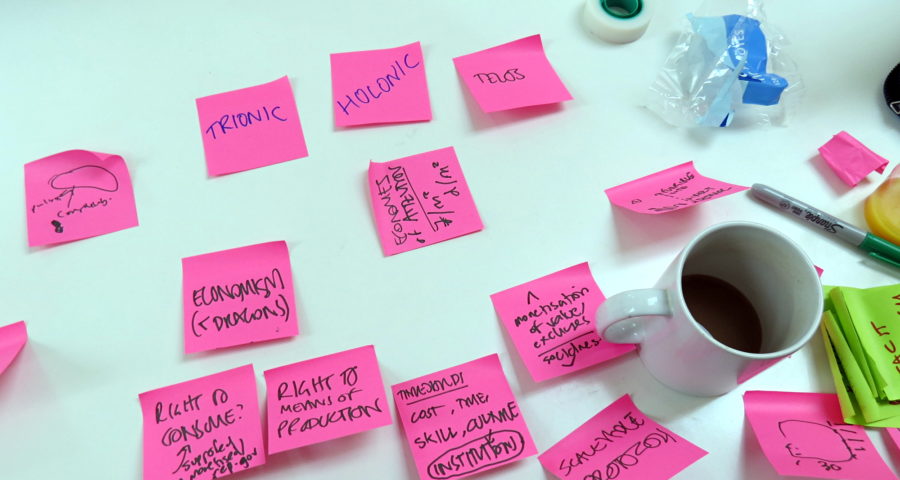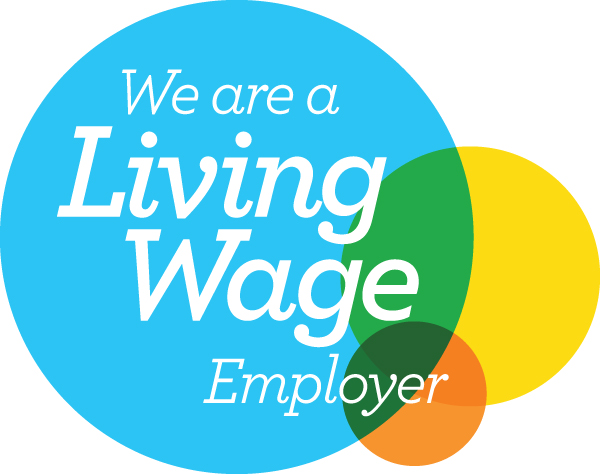Charitable foundations and other funders are increasingly encouraging prospective applicants to produce “Theory of Change” documents for the projects they are seeking funding for. The following article provides an overview of this approach and sets out guidance for how to go about creating a theory of change document for your project.
At its most basic level, a theory of change document sets out: “A clear, concise and convincing explanation of what you plan to do, what goals you aim to achieve and how you believe you will achieve these goals.” (NESTA, 2017) Creating a theory of change document can be useful for internal project development, external communication and as a tool to assist in the design of effective evaluations.

EXAMPLE: Theory of Change diagram for a project that aims to improve access to legal services for BAMER women experiencing domestic violence.
In order to develop a theory of change document for your project, you need to be able to answer five questions:
- What is the ultimate goal or aim of my project? If a project has more than three ultimate goals or aims it may be too ambitious. Your ultimate goal should be measurable and specific, in order that you are able to understand whether or not you have achieved it. In the example above, the ultimate goal of the project is to help more women from BAMER outcomes to exit violent relationships.
- What are the intermediate outcomes of my project? Intermediate outcomes are the changes that need to take place in order for the ultimate goal to be achieved. They are the stepping stones to achieving the ultimate outcome. Like the ultimate goal, intermediate outcomes should be measurable and specific. They should also be comprehensive enough to reflect the complexity of project. In the example above, intermediate outcomes include improving rights awareness amongst BAMER women and the non-legal organisations that work with them.
- What are the activities I am going to undertake to achieve my desired outcomes? In your theory of change document you should specify in detail the activities you will undertake with your potential beneficiaries to bring about outcomes. In the example above, activities include setting up advice clinics in outreach settings and building and maintaining an information microsite.
- What are the causal links between the activities I am planning to undertake and the outcomes I hope to achieve? How do the intermediate outcomes I hope to achieve relate to each other and my ultimate goal? You should use arrows to explain the causal links between the activities you will undertake and the outcomes you hope to achieve. In the example above, it was envisaged that establishing advice clinics in outreach settings would increase rights awareness amongst women from BAMER communities and that this increased rights awareness would lead to more BAMER women accessing legal services to exit violent relationships.
- What assumptions have I made in designing my project? In your theory of change document you should identify the assumptions that underpin the causal links between your activities and outcomes. The aim of identifying these assumptions is to proactively explore the factors that might undermine your project. For example, in the project above, an assumption is made that lack of rights awareness is an important reason why more women from BAMER communities do not exit violent relationships. In the course of undertaking the project this assumption could be explored with beneficiaries, and the project’s focus adjusted if it appears that this assumption does not hold true in practice.
For further detailed guidance on developing Theory of Change documents, please see the Recommended Reading section below.




